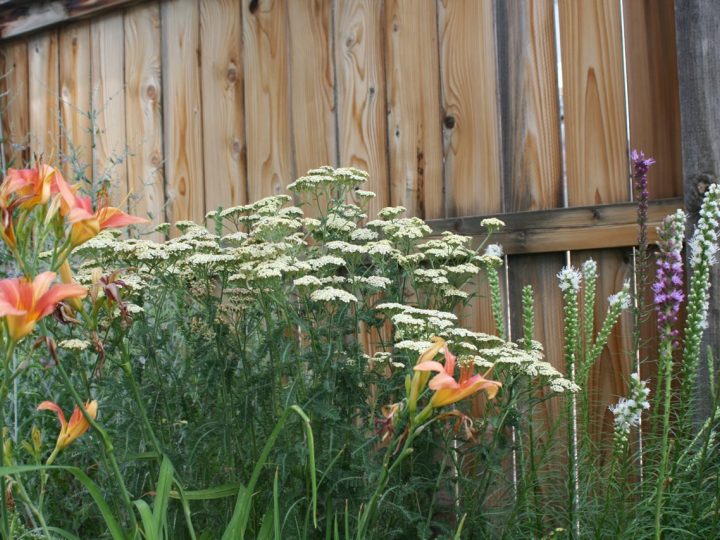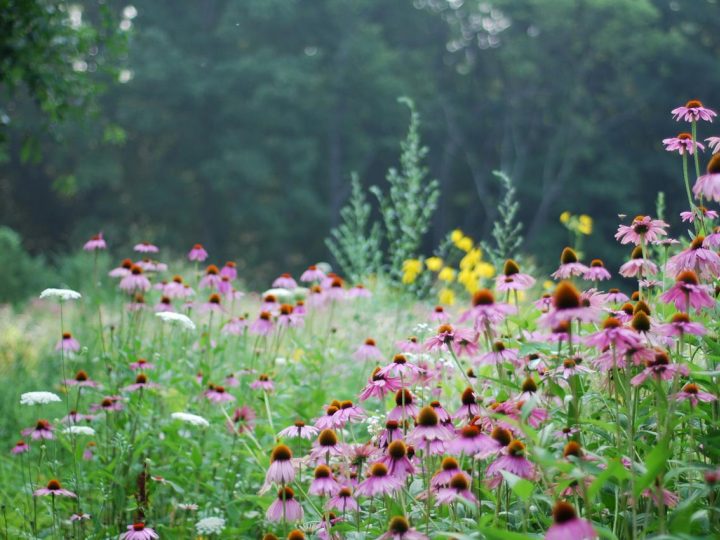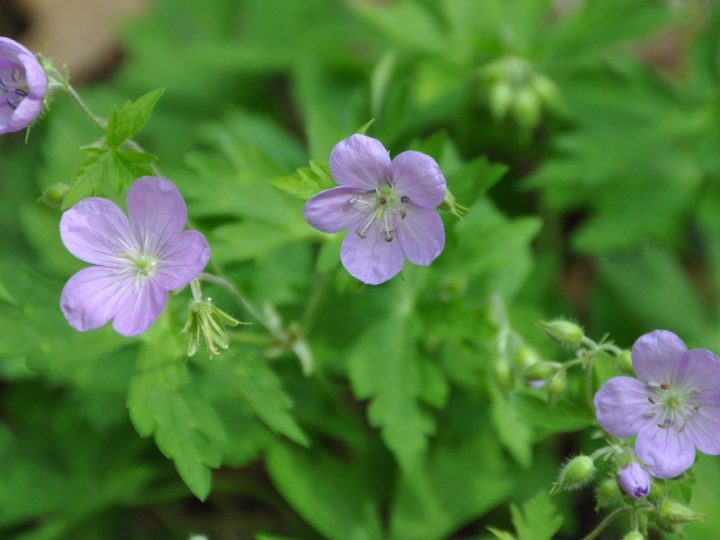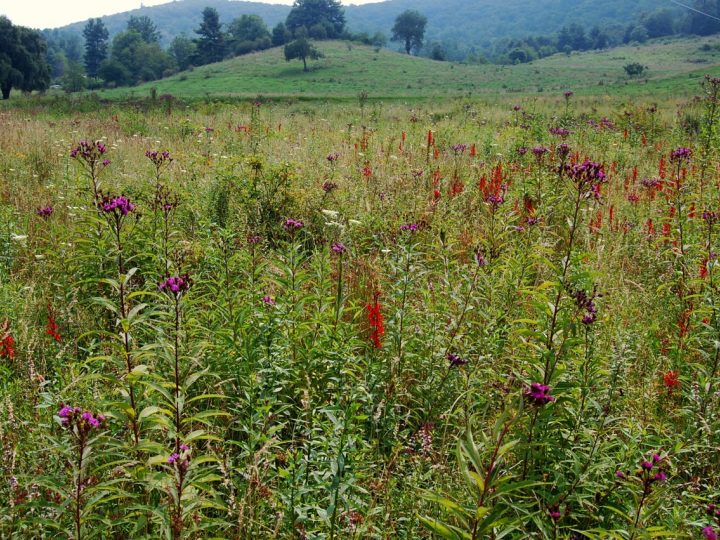
Native Butterfly Meadow
A clean, planted edge borders this native meadow—a pollinator-friendly option for every neighborhood.
Cost
People
Upkeep
Experience
Stormwater
Sun/Shade
The Native Butterfly Meadow is a Michigan native meadow designed for beautification, habitat creation and to attract pollinators, like the Monarch butterfly. The Monarch butterfly lays eggs exclusively on the milkweed plant and feeds on the nectar of Coneflower, Blazing Star and Goldenrod, all plants that are included in this lot design. Bordered by a clean, perennial edge, this meadow offers a friendly addition to every neighborhood.
Ideal Location: Residential side lot in full sun or partial sun.
Lot Type
Special Lot Condition
DFC 20 Year Land Use Area
Cost
The Native Butterfly Meadow is a higher cost lot design that anticipates the use of volunteer labor. The majority of the cost of installing this design is from the potted plants and the seed mix. It is possible to install the lot design through the use of volunteer labor and without using special machinery. To save money, you can buy plants in smaller pot sizes or as plugs. The cost assumes that residents or volunteers have access to basic safety gear and garden tools.
Super Saver Tip: Use plant cuttings from a friend or neighbor to create the perennial edge.
Habitat Benefits
Other Benefits
Green Infrastructure
The native perennials in this lot design have deep roots that help capture, hold and absorb stormwater, while offering a colorful garden setting.
Vegetation and Visibility
The planted border of this meadow grows to a maximum height of two-and-a-half feet. This partially limits views from the street through to the alley; however, you will be able to mostly see through the plants. The planted edge is set back 10 feet from the sidewalk, or as far as the front porch of a house.
Lifespan
Planting Type
Most Interesting Season
Other Consideration

Photo © Lambert, Rotherstien & Associates
Build
Installing the Native Butterfly Meadow will make for a fun and rewarding weekend with your friends, family, or neighbors. The construction process should not require professional assistance if you, with the help and support of others, would like to build this design. Please refer to the Step-By-Step section for guidance. If you are removing existing vegetation on your lot, we recommend holding one full weekend with the help of at least three to five healthy adults, or youth, for an easy time outdoors. The installation process does not require any special, mechanized equipment. The most strenuous physical tasks are removing any existing vegetation from your site, transporting your plants to your lot and scarifying, or raking, the meadow area prior to planting. Machines like a power rake might help, but for a single lot, you should be okay with rakes, some good music, and some refreshments. Always hire a professional if you are not up for the challenge, but remember, this will increase your costs. This is a relatively straightforward lot design and is appropriate for beginners curious to learn more.
Build Time Estimate
Ten hands or less! With the help of friends, family or neighbors, this project could be completed in a weekend. The Field Guide assumes the lot is ‘construction ready,’ and all equipment and materials required for the lot design have been acquired and are ready to use.
Build Difficulty
Number of People Needed
Neighbor Labor
Time Taken to Build
Build Season
Transportation Intensity
Permit Requirements
Upkeep
A meadow requires care and maintenance to thrive. This lot design calls for a medium level of maintenance. The Native Butterfly Meadow requires weeding, watering and mowing, particularly during the first two growing seasons while the meadow establishes itself. In the first year, cut your meadow back to four to six inches whenever it reaches above 10 inches in height. After the first year, continue weeding and mowing your meadow in late fall or early spring to keep the meadow at its best. It will take about three years for the meadow to finish growing. The perennial edge is low-maintenance; however, it will require water and weeding within the first two years. Add mulch annually to help suppress weed growth. If you feel your meadow needs more color, it is okay to add additional native seed mixes and plants. Be creative and make it your own!
Seasonal Upkeep Levels
- Spring: Low
- Summer: Medium
- Fall: Medium
- Winter: Low







